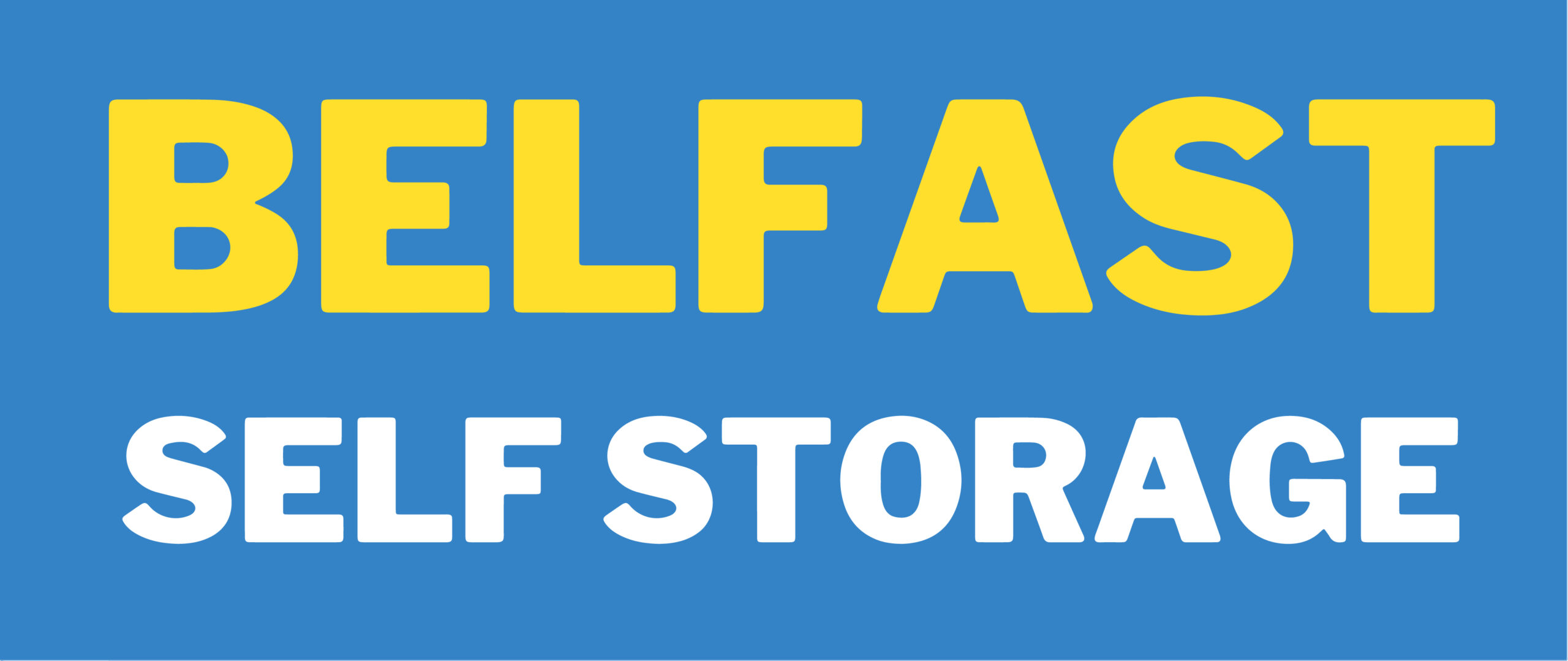To get the most out of a self-storage unit, spending a little time to properly prepare, pack, and store your items will pay dividends. In this guide, we share some of the top storage and packing tips to make sure you have a trouble-free self-storage experience.
Read on to find out how to optimise your storage space and minimise your stress levels at the same time!
1. It Begins With a Plan
The first step is to plan ahead. This includes looking at such aspects as your storage needs and selecting the right unit to suit these needs. Once these are assessed, then the next part of the plan should be to create a packing timeline.
By breaking down the task into manageable chunks, even the biggest challenges become easy. For example, if you are using self-storage to store the contents of your home, then break the task down into rooms or even just a single wardrobe or cupboard.
2. Organise Your Packing Materials
This step is more important than you may think. The crucial point that many people overlook is quality. Using quality packing materials is critical, especially if you are looking at long-term storage.
Another important factor to consider is the size of the storage box you use. Many people opt for the largest possible size. However, this can make boxes over-heavy, difficult to handle, and tricky to stack.
Opt for a practical but not overly large box, and for easier stacking, try to use a uniform box size as much as possible.
3. Declutter and Organise
To make the most of your self-storage space, it’s crucial to declutter and organise your belongings effectively. Here are some essential tips:
- Categorise your items: Sort your belongings into categories, such as clothes, books, or kitchenware, to make the packing process more efficient.
- Assess what to keep, donate, or discard: Be selective and consider donating or discarding items you no longer need or use, freeing up valuable space.
- Utilise storage bins and containers: Use storage bins or containers to keep smaller items organised and easily accessible, reducing clutter and simplifying retrieval when needed.
Spending some time organising and decluttering at this stage will pay dividends when you come to retrieve your belongings. It can also cut down on the size of the unit you need, saving money in the long run.
4. Tips for Fragile Items
Fragile and delicate items should be dealt with separately to ensure they are well-protected during transit and storage. Here are some crucial tips to help you safely pack and store valuable items.
- Glassware: Wrap each piece of glassware individually in bubble wrap or packing paper and place them upright in sturdy boxes. Fill any empty spaces with packing material to prevent movement.
- Electronics: Remove batteries and disconnect any cables or attachments. Wrap electronics in anti-static bubble wrap or foam and place them in well-padded boxes. Label the boxes as “Fragile” and indicate the orientation for safe handling.
- Artwork and Mirrors: Protect artwork and mirrors with acid-free tissue paper or glassine. Use mirror boxes or custom-built crates for added protection. Avoid stacking heavy items on top of delicate artwork.
- Delicate Fabrics and Clothing: Use acid-free tissue paper to wrap delicate fabrics and clothing items. Avoid folding them excessively, and consider using wardrobe boxes for hanging clothes to prevent creasing.
Remember, when storing fragile items, it’s important to handle them with care and provide ample padding and protection to prevent damage during transit and storage.
5. The Importance of Labelling
A good labelling system is critical for the easy identification and retrieval of items from your self-storage unit. It is easy to think that you will remember where everything is and which box is meant for which room etc., but that is rarely the case!
Here are some of the labelling tips that can help you streamline your self-storage experience:
- Be comprehensive: Vague labels like “dishes” or “clothes” are useful but only to a point. Comprehensive labelling should have a list of all the main contents of a box. Alternatively, opt for a quick description but number your boxes, with each number referring to a computerised list that describes the contents in detail.
- Fragile items: For cases containing fragile items, make sure they are clearly labelled as such and that the labels are always prominently displayed.
- Placement: Place labels on the top and sides of each box for easy visibility, even when stacked or stored in tight spaces. This ensures that labels can be easily seen and read from different angles.
A proper labelling system will make it easier to organise your space, but it will really come into its own when the time comes to retrieve your belongings.
Belfast Self-Storage: Making Storage Easy
Armed with our ultimate packing guide, the next step is to make sure you organise your storage unit effectively, especially when frequent access is needed. Of course, using a reputable self-storage company is essential too! At Belfast Self-Storage, we are here to help you at every stage of the process. Our state-of-the-art facilities, friendly staff, and competitive pricing ensure that your self-storage experience is seamless and hassle-free.


